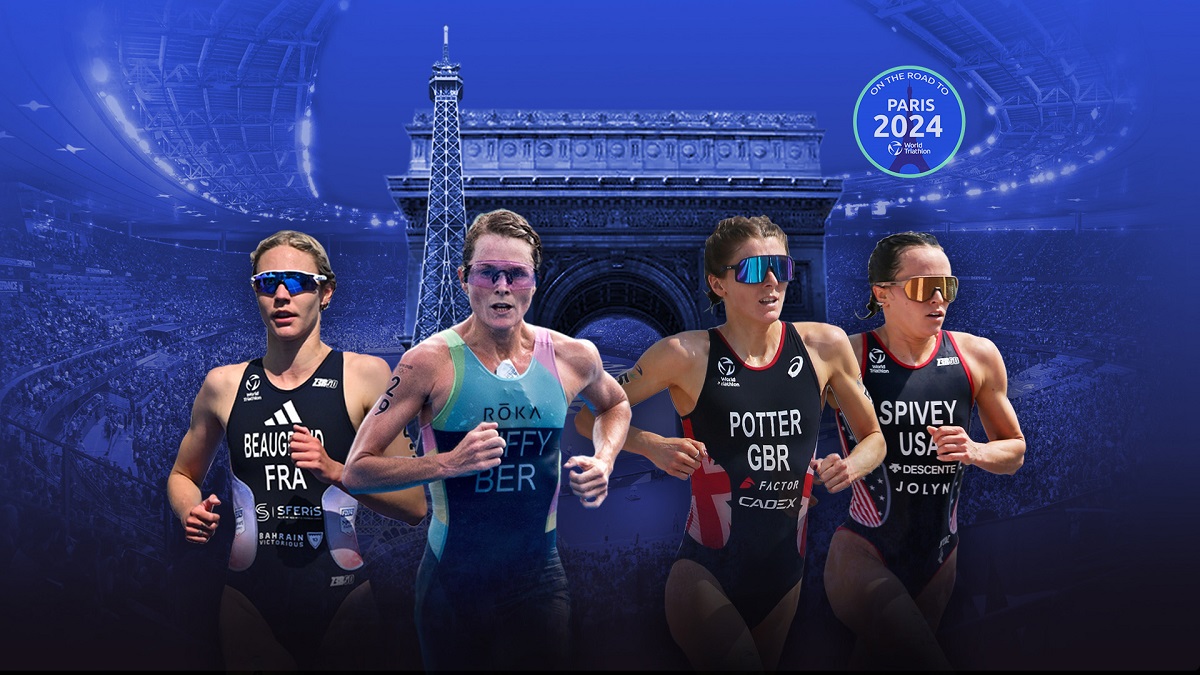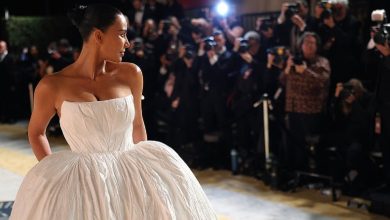Olympic Paris 2024: Why Olympic Swimmers Are Interested In Cupping Therapy

Olympic Paris 2024: These dark circles are the marks of cupping—a traditional therapy with roots in Asian and Middle Eastern cultures.
With the start of the swimming events at the Paris Olympics, many athletes from around the world are diving into the pool with dark circles on their bodies.
Michael Phelps was one of the first prominent swimmers to have dark circles on his back and legs during the 2016 competition.
Olympic Paris 2024, Three years ago in Tokyo, Kyle Chalmers, an Australian swimmer, was among the athletes seen with these marks on his shoulders.
These are cupping marks—a traditional therapy with origins in Asian and Middle Eastern cultures.
Scientific evidence about the benefits of cupping may not be clear-cut, but it is believed to help reduce muscle tension and improve blood circulation.
Olympic Paris 2024, Here is everything you need to know about this therapy:
Olympic Paris 2024
What Is Cupping?
Olympic Paris 2024, Cupping is a therapy that creates suction on the skin using various tools, including plastic, ceramic, bamboo, or glass cups. The cups create pressure inside, drawing the skin upwards to increase blood flow to the area.
There is also “wet cupping,” which involves a lighter suction followed by small incisions on the skin to draw a small amount of blood.
Where Does Cupping Come From?
Olympic Paris 2024, Cupping has been popular in various cultures, including China, Egypt, and the Middle East, and dates back thousands of years. However, it has recently gained popularity due to endorsements by celebrities and athletes who have promoted it worldwide.

Why Do The Marks Remain?
Olympic Paris 2024, The purpose of this method is to draw fluid (blood) to the targeted area, and the dark marks are similar to bruising caused by bleeding in the subcutaneous vessels.
How Did It Become Popular?
Cupping came into the spotlight at the 2016 Rio Olympics when Phelps was seen with these marks on his back, legs, and shoulders. Phelps mentioned during the 2016 Games, “I did cupping for a while before the competition.”
Are There Scientific Benefits?
Olympic Paris 2024, Harvard Medical School has stated that due to the lack of placebo-controlled studies, there is limited evidence to draw definitive conclusions. The university refers to a 2015 review of cupping but notes that “the quality of evidence was too limited to draw definitive conclusions.”
However, the review did suggest that this therapy might slightly alleviate neck or back pain.
Also Read:
End Of The USA’s 68-Year Reign Over The Olympic Pool; Australia Poised To Claim The Crown




